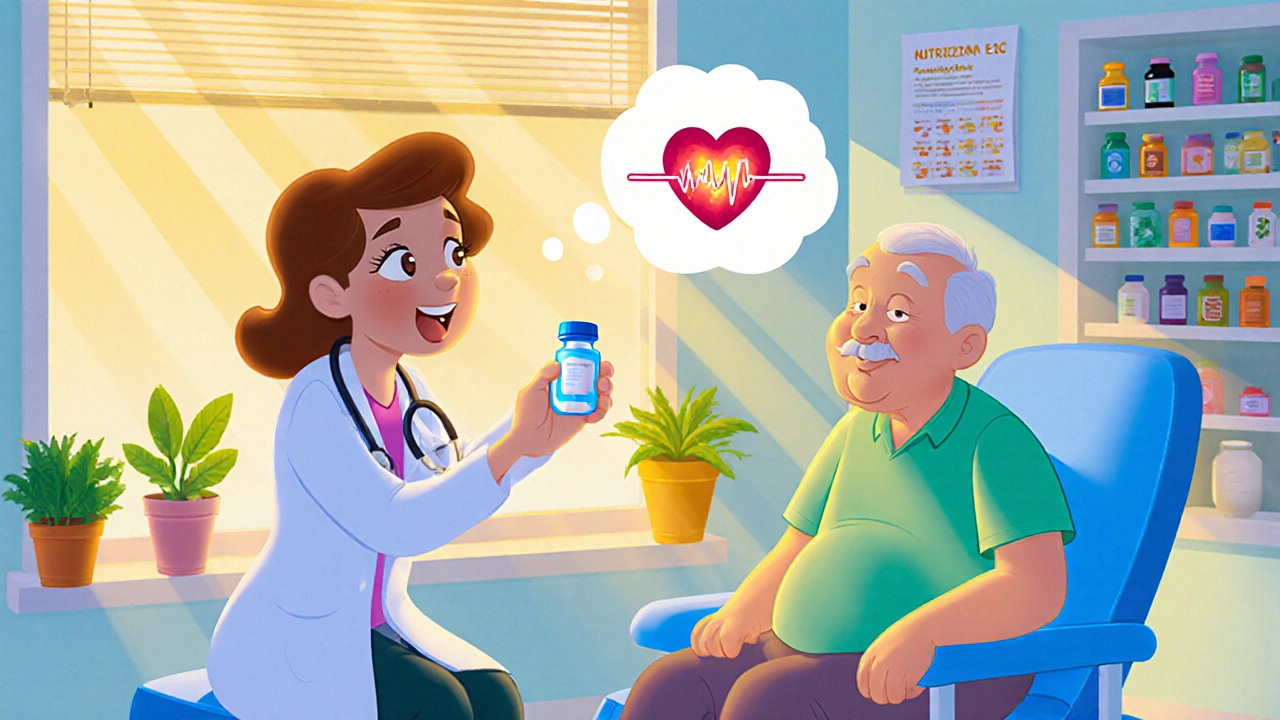Anti-Anginal Therapy: What It Is and How It Helps Chest Pain
When your heart doesn’t get enough oxygen, you feel it as chest pain—angina. Anti-anginal therapy, a category of treatments designed to reduce heart strain and improve blood flow to the heart muscle. It’s not a cure, but it’s what keeps people moving without pain. This therapy includes drugs that either lower the heart’s demand for oxygen or boost its supply. You might know some of them by name: nitroglycerin, beta-blockers, calcium channel blockers. These aren’t just random pills—they’re chosen based on how your heart behaves and what triggers your pain.
Anti-anginal therapy doesn’t work the same for everyone. For some, a quick nitroglycerin spray under the tongue stops pain in seconds. For others, daily beta-blockers like metoprolol slow the heart just enough to prevent attacks. Then there are calcium channel blockers like amlodipine, which relax blood vessels and reduce pressure on the heart. These are the three main tools doctors reach for, and they often work best in combination. What’s surprising is that some of these drugs, like beta-blockers, were originally made for high blood pressure. They were later found to help angina too—because the heart’s workload is the common enemy.
It’s not just about pills. Anti-anginal therapy also means understanding triggers: stress, cold weather, heavy meals, even climbing stairs. The goal isn’t to avoid life, but to manage it so your heart doesn’t scream for help. Some people need to combine medication with small lifestyle changes—like walking daily or cutting back on salt—to get real relief. You’ll find posts here that dig into how these drugs compare, what side effects to watch for, and how they stack up against newer options. Whether you’re on nitroglycerin right now or just starting to learn about heart meds, this collection gives you the straight facts—not fluff, not marketing, just what works and why.

Ranolazine: A Key Pillar in Comprehensive Angina Management
Learn how ranolazine fits into modern angina treatment, its unique action, dosing tips, safety alerts, and how to combine it with other therapies.